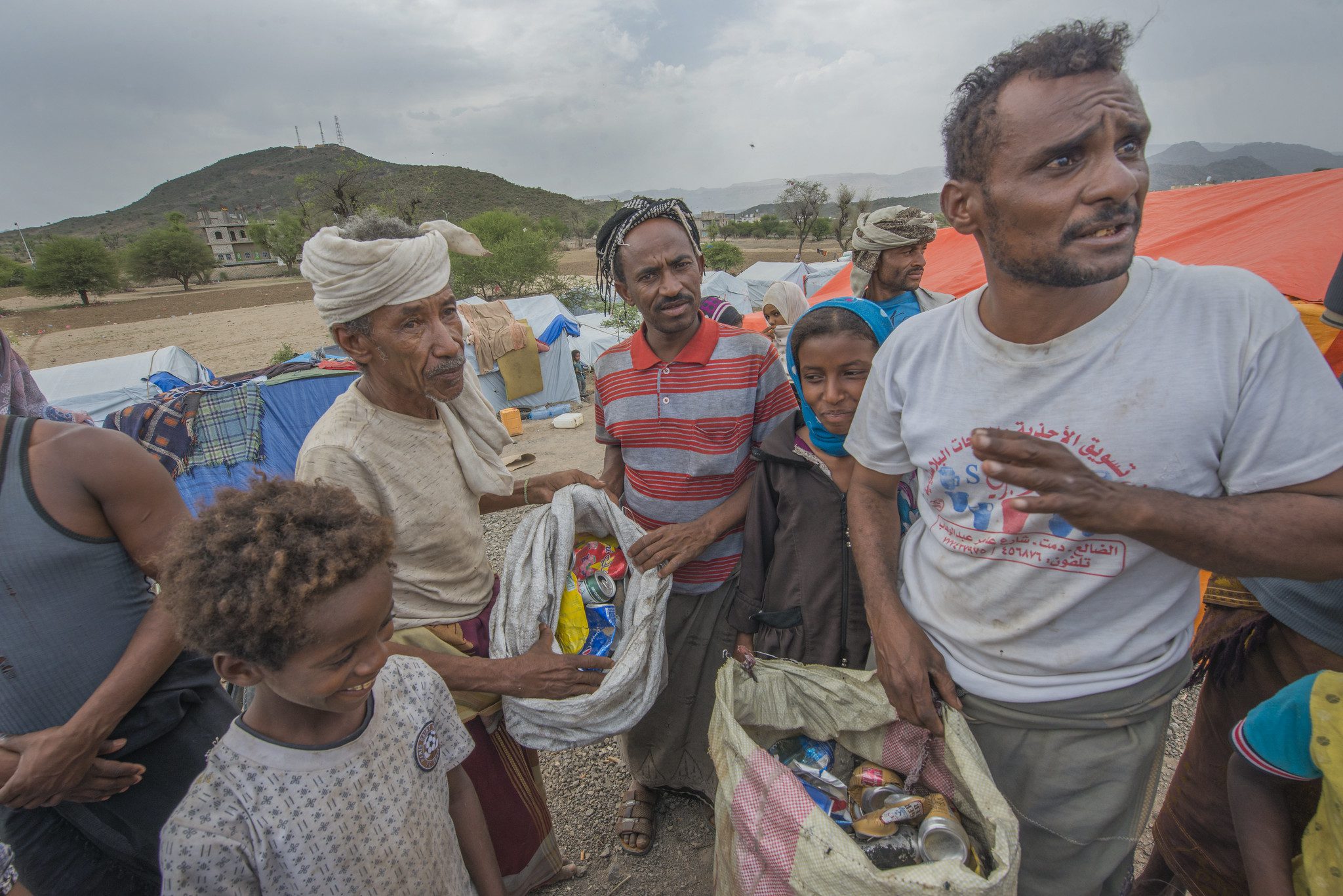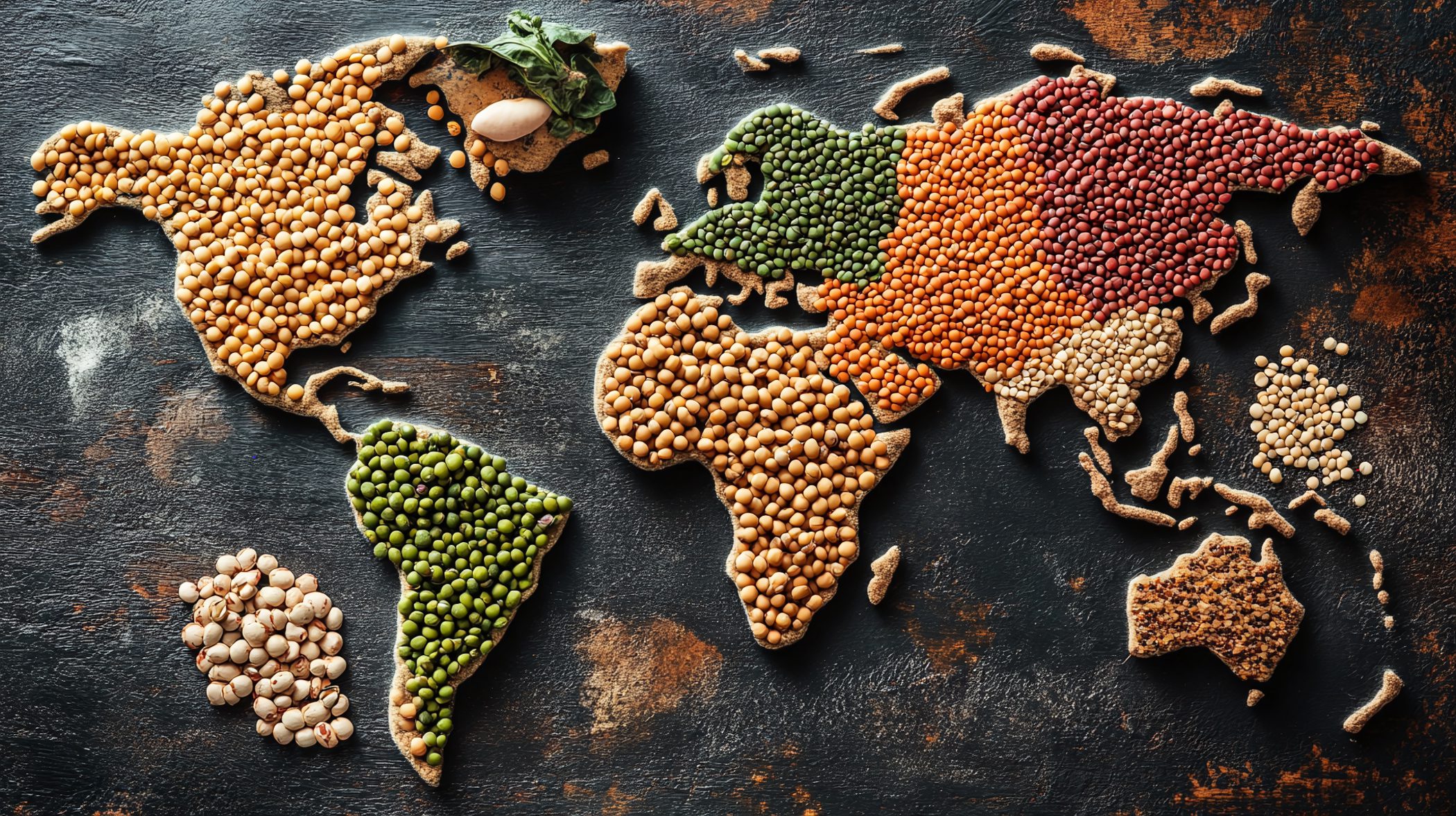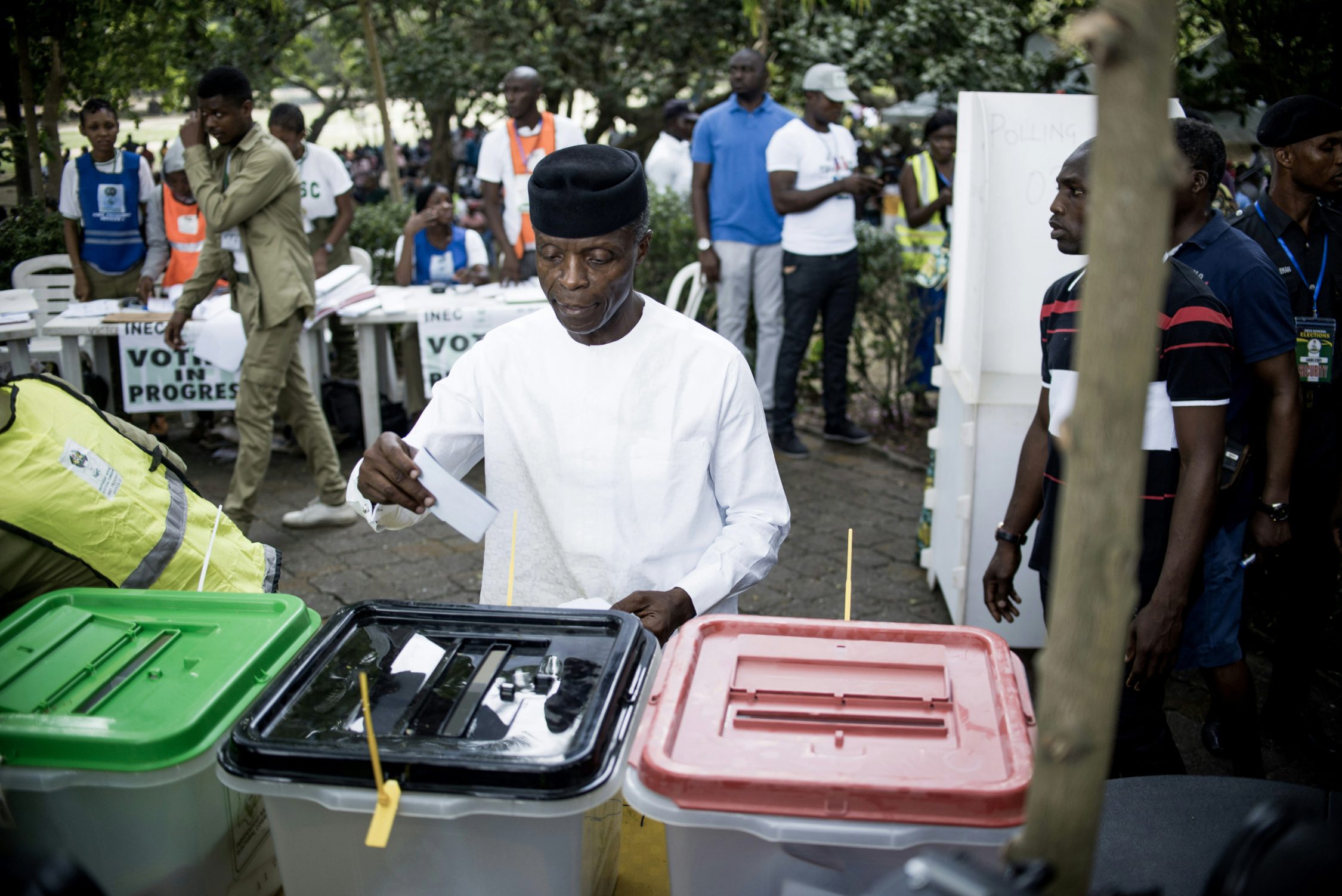The diversion (a.k.a. stealing, manipulation) of food aid by the Houthis in Yemen is suddenly getting a lot of press. The detailed investigation by the Associated Press documents abuses on both sides, but most press coverage (ex: The Guardian) has focused on the allegations against the Houthis. The World Food Programme alleges that all sides are responsible but, according to a spokesman interviewed by al Jazeera, has thus far only investigated the extent of diversion in Sana’a. The WFP Executive Director has demanded that the Houthis stop this immediately, or food aid shipments will be suspended.
How much of this diversion is real? How much is the story diverting attention from the real starvation crimes being perpetrated in the country?
Here are some observations at unpicking the issues.
- Food aid diversion.
The diversion of food aid is close to ubiquitous in war zones. It takes many forms. Often, food aid seen in a market has been sold by the recipient who needs cash more than that specific food item. This is not corruption as such—it simply means that the food commodities distributed are not what hungry people most need. Other food is taken as payment for services by those involved in local distributions, militiamen on checkpoints, and commercial transporters. That’s corruption or theft, but at a local level. In such cases, as with food aid that is resold, it helps bring down the price of food in the market, and is thus of net benefit—though not to the neediest.
More serious is large-scale theft for feeding soldiers or profiteering. We don’t know the scale of this, but the AP investigation suggests that it is substantial. And it’s not just the Houthis but also the various militia, warlords and factions that are the clients of Saudi Arabia and the UAE. The latter include groups that have been, and may remain, associated with Al Qaeda in the Arabian Peninsular. Tolerating diversion of aid to a group designated as terrorist is a criminal offense under U.S. law.
The kinds of figures being bandied about are up to two thirds of the total food aid being diverted or sold. What we don’t know is how much of this is systematic; or how this varies according to the different factions.
We also don’t know why the WFP has chosen to give an ultimatum only to the Houthis and not the pro-government factions. Some commentators will certainly suggest that this is because Saudi Arabia and the UAE are major donors to the WFP. But it could also be that the warning to the Houthis is a quid pro quo for concessions extracted from the Saudis and Emiratis for allowing humanitarian access in the first place.
- The manipulation of nutrition/mortality figures. Here there are two contradictory logics at work which that be highlighted.
(a) On the one hand, there’s a possible logic of exaggerating the crisis to attract aid. In some conflict-famines armed actors have deliberately created pockets of very high malnutrition in order to get international aid agencies to dispatch food there, which they then seize for themselves. This has happened in South Sudan, especially where the modality of aid distribution is by air, to precisely identified small locations. In some recent press coverage there is a hint that the Houthis have been doing this. But while some cynical aid veterans, used to such tactics elsewhere, may speculate about it in Yemen, it’s unlikely. It needs a good humanitarian information system (which doesn’t exist in Yemen!), a strong relationship between humanitarian survey results and food targeting (which also doesn’t exist), and local armed actors familiar with this system and how to manipulate it. There might be a more general effort by the Houthis to paint the humanitarian crisis in dire terms to attract aid, but what has always happened in the past is that an armed actor such as this would begin by using their own media efforts and would only later try to manipulate humanitarian data. So there’s no good reason to suspect that such exaggerations are at work.
(b) On the other hand, the slow, incomplete and often non-credible mortality data that we have point towards efforts to minimize the crisis. The data on which the IPC assessments themselves have been made are poor and out of date, with many areas off-limits to surveys. There’s no doubt that the quality of survey information is far less than what would be wanted to make the kinds of assessments needed. Access has been restricted for all sorts of reasons (and we can speculate but we don’t know if there is a consistent logic to denying access to those conducting surveys, or whether it’s ad hoc, variable or random). Many of the surveys are now quite out of date (e.g. many date from 2018, whereas we know that the food affordability crisis really hit hardest in the middle of the year). Some of the figures we see are frankly not credible, such as mortality rates comparable to northern Europe, alongside food security indicators that point to major crisis. The circumstantial evidence points to systematic under-reporting of the crisis.
- The applicability of the IPC method and analysis.
There are good reasons for arguing that the IPC method isn’t well suited to Yemen, or to be precise, that the headline conclusions drawn from applying the IPC’s 5-level framework aren’t well suited.
(a) The IPC was designed for food security crises that are defined geographically, caused proximately by a food production failure (drought or the impact of a military campaign on the ground). Not so well attuned to a crisis caused by a collapse in purchasing power across an economic sector such as wage earners. So applying it in Yemen introduces a margin of error.
(b) The IPC isn’t designed for inferring levels of excess mortality, but rather for giving an indication of crisis level. The way it is being interpreted by some journalists and officials is that only in level 5 (‘famine’) should we be concerned about starvation. But there are excess mortality levels in levels 3 and 4 as well—we just don’t have a rigorous way of calculating what they are. A simple back-of-the-envelope calculation using the general mortality criteria for these levels, applied to Yemen over the last 3½ years, would imply truly huge excess deaths (more than a million). We simply can’t say whether these are credible or not. Some of the best-informed humanitarian tend towards saying no, you can’t have a million dead without it being graphically evident; my preference is to argue that we could have a major crisis with hundreds of thousands dead without an IPC level 5 ‘famine’ ever being declared.
By way of comparison, 15 years ago in DR Congo, the International Rescue Committee made estimates for nationwide excess deaths based on comparing data from a relatively small number of nutritional surveys to the pre-war estimates for ‘normal’ child mortality and came up with a highly controversial figure of over 5 million deaths attributable to the war. This was misinterpreted by some advocacy groups to mean that 5 million people had been killed, or even 5 million had been killed by violence.
However, whatever its shortcomings, this study did point to the reality that most of the excess deaths in these conflicts are invisible to the observer, even the humanitarian observer.
Overall verdict: there’s food aid diversion in Yemen, which isn’t a surprise. The WFP is ready (perhaps under political pressure) to use its leverage to reduce the abuse of humanitarian aid. But journalism let loose on an incomplete story, combined with the uncertainties of humanitarian information systems, creates confusion. For sure there are many engaged in Yemen—especially those responsible for creating the famine—who would like to create as much confusion as they can. The story of Houthi diversion of aid is being presented in a way designed to cast maximum suspicion not only on the Houthis but on international aid agencies as well. It’s a diversion from the two big stories: there is man-made famine in Yemen and it has overwhelmingly been made by the Saudis and Emiratis.



